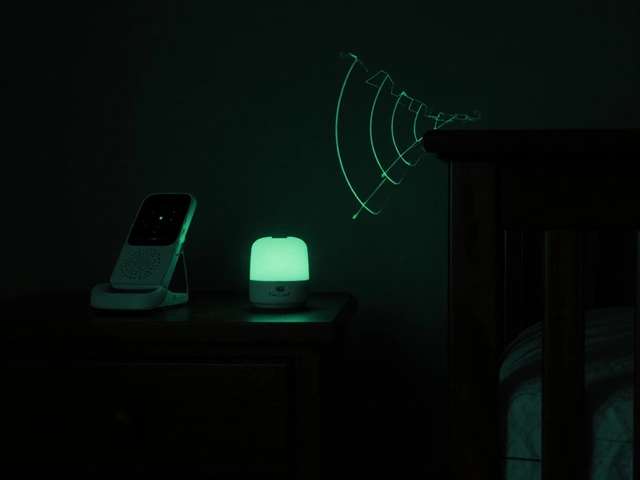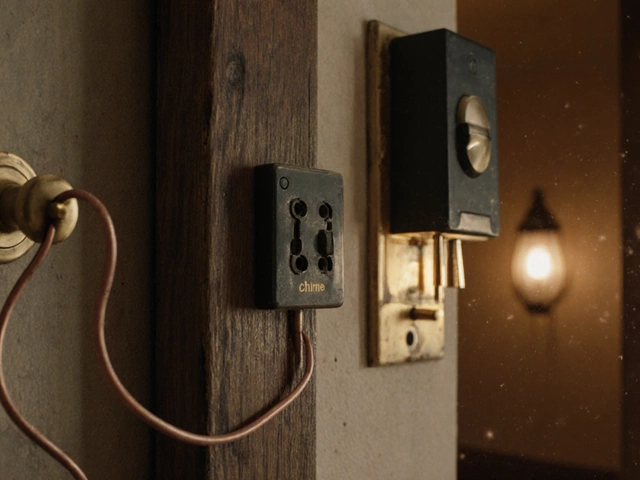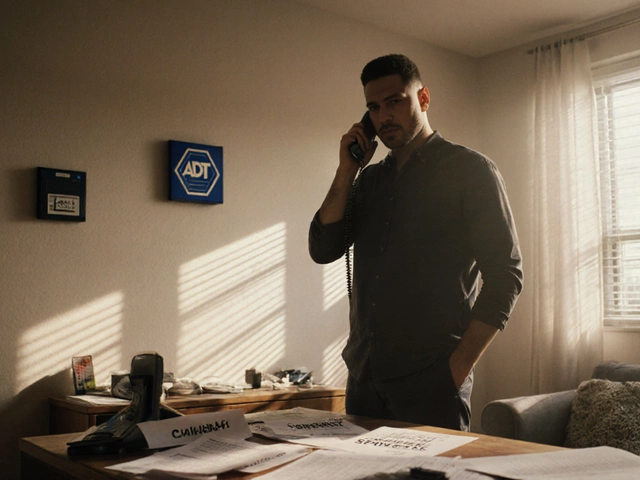Goggles Guide: How to Pick the Right Pair for Any Job
If you’ve ever gotten a splinter, a sudden flash of light, or a stray nail while fixing something, you know how quickly an eye injury can ruin a day. The good news? A good pair of goggles can stop most of those mishaps before they happen. This guide breaks down what you need to know so you can buy goggles that actually work for you.
Types of Goggles You’ll Need
Not all goggles are created equal. Here are the main categories you’ll run into:
- Safety goggles – These have a tight seal around the eyes and meet standards like EN166 or ANSI Z87.1. They’re the go‑to for construction, metalworking, and any job where dust or chemicals fly around.
- Sports goggles – Designed for impact from balls or fast moves. Think of ski goggles, basketball eye guards, or racquet‑sport lenses.
- Cooking goggles – Heat‑resistant and often have an anti‑fog coating. Perfect for frying, grilling, or working near open flames.
- DIY or hobby goggles – Light‑weight and usually have a simple plastic frame. Good for gardening, woodworking, or household repairs where the risk is lower.
- Prescription goggles – Built with your prescription lenses so you don’t have to wear contacts under the goggles.
Pick the category that matches the biggest risk you face. If you switch between jobs, consider a versatile pair that meets safety standards and adds a simple anti‑fog film.
How to Pick the Right Pair
Once you know the type, follow these quick checks:
- Fit first – The goggles should hug your face without pressure points. Look for adjustable straps and a soft silicone seal.
- Clear vision – Lenses need to be scratch‑resistant and offer good UV protection if you’re outdoors. Anti‑fog coating saves you from blurry moments.
- Certification – Spot the EN166 or ANSI mark. It tells you the glasses have passed impact and penetration tests.
- Comfort for long wear – If you wear them for hours, lightweight frames and padded straps make a big difference.
- Cleaning & storage – Choose goggles that come with a soft pouch or case. Microfiber cloths keep lenses clear without scratches.
Don’t forget to read user reviews. Real‑world feedback tells you if the strap slides off, if the seal leaks, or if the lenses fog up in humid conditions.
Price-wise, you don’t need to break the bank. A solid pair of EN166 safety goggles can be found for £15‑£30, while specialty sports or prescription models may run higher. Think of it as an investment in your eyesight—something you can’t replace easily.
When you’re ready to buy, check online stores, local hardware shops, or specialist sports retailers. Compare the same model across sites to catch sales or bundle deals (like a cleaning kit). If you’re unsure, ask a store associate to let you try a pair on. Feeling the fit in person saves you the hassle of returns.
Finally, remember to keep your goggles clean. Rinse them with mild soap and water, dry with a lint‑free cloth, and store them in a protective case. Regular care extends the life of the lenses and keeps the seal flexible.
With the right goggles, you’ll finish projects faster, stay safer, and avoid costly eye‑injury trips to the doctor. So next time you pick up a tool or head to the gym, reach for the proper eyewear first—you’ll thank yourself later.






